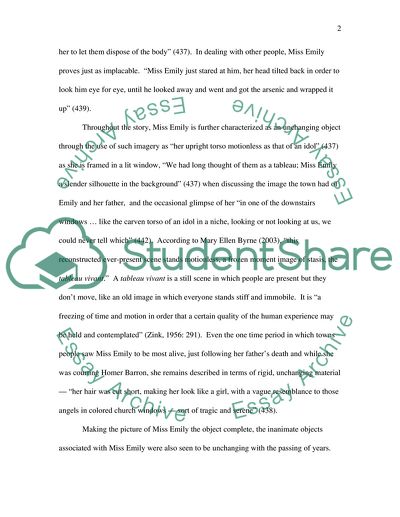Cite this document
(“Time in A Rose for Emily Essay Example | Topics and Well Written Essays - 2000 words”, n.d.)
Retrieved from https://studentshare.org/miscellaneous/1542633-time-in-a-rose-for-emily
Retrieved from https://studentshare.org/miscellaneous/1542633-time-in-a-rose-for-emily
(Time in A Rose for Emily Essay Example | Topics and Well Written Essays - 2000 Words)
https://studentshare.org/miscellaneous/1542633-time-in-a-rose-for-emily.
https://studentshare.org/miscellaneous/1542633-time-in-a-rose-for-emily.
“Time in A Rose for Emily Essay Example | Topics and Well Written Essays - 2000 Words”, n.d. https://studentshare.org/miscellaneous/1542633-time-in-a-rose-for-emily.


